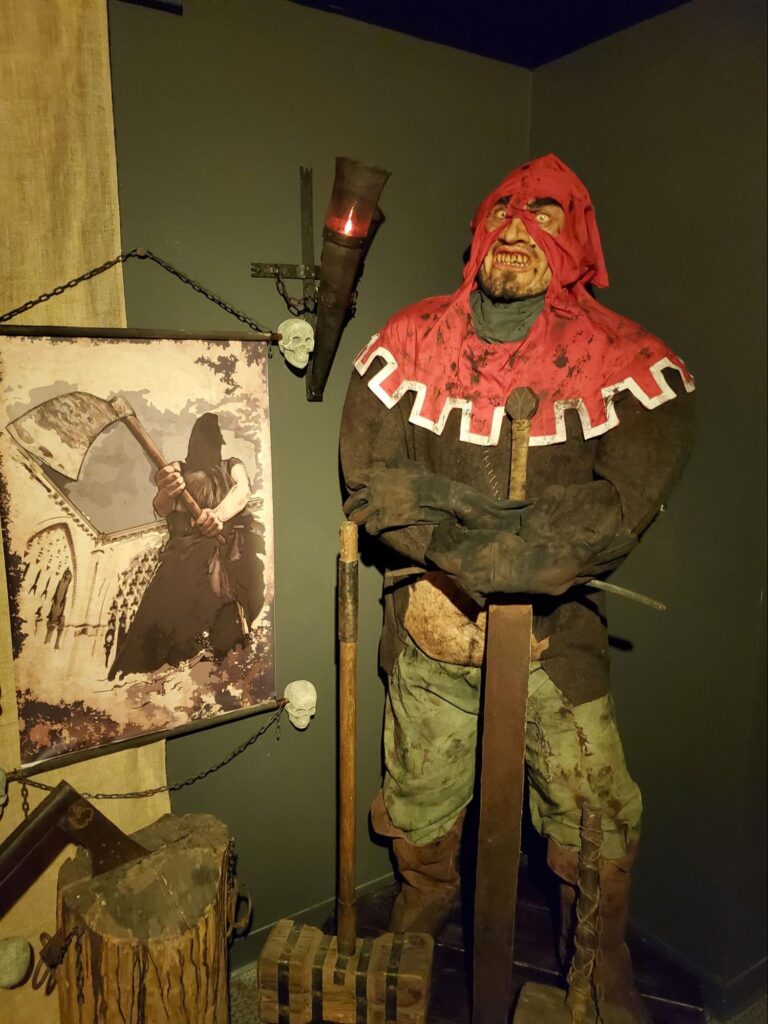Have you ever walked into a museum and felt like you were stepping into a different world?
Maybe you’ve heard sounds from a battlefield, stood face-to-face with a wax figure dressed in medieval armour, or even interacted with a display that responded to your voice.
If so, you’ve experienced what’s known as an immersive museum, and it’s probably something you haven’t forgotten.
In recent years, these types of museums have been changing how we learn history. Instead of reading text-heavy plaques or peering through glass at ancient objects, visitors now find themselves part of the story. History isn’t just present, it’s lived, felt, and remembered in a whole new way.
What Makes Immersive Museums So Special
Immersive museums offer something truly exciting. They invite you to engage your senses and imagination in a space where the past feels alive. With ambient sounds, detailed set designs, theatrical lighting, and interactive features, every visit becomes an adventure. The experience encourages you to think, feel, and reflect—all while having fun.
One of the great examples of this concept is found among the many unique things to do in St. Augustine, where historical immersion has been taken to a whole new level. The museum experiences there blend storytelling and creativity so well that it becomes easy to forget you’re learning at all.

This method of presenting history appeals to everyone. Young visitors get to explore in a way that feels like play, while adults are often surprised by how much more engaging the exhibits feel compared to traditional museums. There’s no pressure to memorize anything. Instead, you naturally absorb information by moving through the space, seeing the details, and listening to stories unfold.
How We Learn Better When We’re Involved
What sets immersive museums apart is how they make you a part of the scene. When you step into a recreated space that looks, sounds, and feels like another period, your brain becomes more alert. You start noticing small things—like how tools were used, what clothes people wore, and even how a room was laid out. This kind of engagement leads to better memory and a deeper connection to what you’re learning.
People often talk about how much more they remember from an immersive museum visit compared to a textbook or a classroom. That’s because the experience creates emotional connections. When something makes you feel wonder, excitement, or even surprise, your brain stores that memory more vividly. This way of learning encourages you to ask questions and seek more knowledge even after you leave the museum.

It also brings communities together. When friends, families, or school groups walk through an immersive exhibit, they share the experience in real-time. They discuss what they’re seeing, ask each other questions, and create memories together. That shared learning makes the visit more meaningful and often leads to conversations that continue long after the museum tour is over.
Making History Approachable and Exciting
Immersive museums make history approachable. You don’t have to be an expert or a history buff to enjoy them. These spaces welcome everyone and make learning feel like part of an exciting journey. Even topics that might seem difficult to understand become clearer when you experience them firsthand.
In places where travel and cultural discovery are a big part of the local vibe, these museums fit in perfectly. For instance, if you’re exploring the West Coast and looking for interesting and enriching things to do in los angeles, you’ll find that immersive museums are becoming a must-visit part of the city’s evolving cultural scene. They provide a mix of storytelling, design, and atmosphere that captures the imagination and brings new depth to any trip.
The Power of Storytelling
At the heart of immersive museum experiences is great storytelling. These museums take historical facts and build them into scenes and narratives that visitors can walk through and explore. It’s like being dropped into the middle of a well-written documentary or historical drama—only you’re free to look around, follow different paths, and discover unique things to do in st augustine at your own pace.
This storytelling approach is incredibly effective because it shows rather than tells. You can see the impact of a historical event by observing a scene that brings it to life. You feel what it might have been like to live in that moment, which makes everything more relatable and easier to understand. The stories are carefully crafted to highlight human experiences, how people worked, what they believed, and how they solved problems.
A Bright Future for Historical Learning
The growing popularity of immersive museums suggests a bright future for historical education. As more communities invest in creative and interactive exhibits, people of all ages gain more access to exciting, memorable ways to learn. Whether you’re visiting a historic city on vacation or exploring your own neighbourhood, chances are you’ll find an immersive museum that invites you to experience history in a new way.
Technology continues to open new possibilities, too. With advances in augmented and virtual reality, museums are now able to offer even more detailed reconstructions of historical events and environments. These innovations mean that learning will only get more engaging as time goes on.
Most importantly, immersive museums help us connect with the past in ways that are personal and meaningful. They show us that history isn’t something distant or dry—it’s full of life, color, and human stories. And when we experience it that way, we’re more likely to carry those lessons forward with us.



